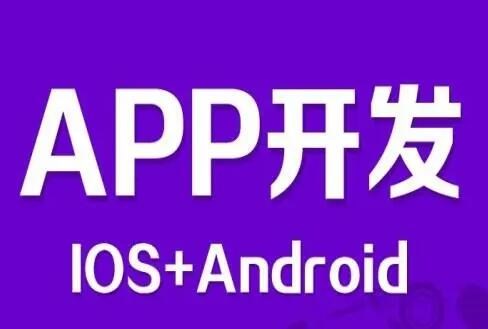中文化、本土化、云端化的在线跨平台软件开发工具,支持APP、电脑端、小程序、IOS免签等等
Title: Custom Development of App Internet of Things (IoT) Solutions: Principles and Detailed Introduction
Introduction:
Internet of Things (IoT) refers to the network of interconnected devices that communicate and exchange data with each other via the internet. With the increasing popularity of smartphones and mobile applications, custom development of IoT solutions for apps has become a significant area of interest. In this article, we will provide a detailed explanation of the principles and key components involved in developing app IoT solutions.
1. Understanding IoT and its Application in Apps:
The IoT concept revolves around the idea of connecting physical devices to the internet, enabling them to collect and exchange data. In the context of mobile apps, IoT technology is utilized to create a connection between the app and external devices, enabling control and data exchange.
2. Core Principles of IoT App Development:
a. Connectivity: The first principle is establishing connectivity between the app and IoT devices. This can be achieved through various technologies such as Bluetooth, Wi-Fi, NFC, or cellular networks.
b. Sensor Integration: IoT devices are equipped with sensors that capture data from the environment. In app development, it is crucial to integrate these sensors to collect and process data effectively.
c. Data Management: IoT generates a large volume of data. Developers need to design efficient methods to store, process, and analyze this data. Cloud platforms are commonly used to handle IoT data.
d. Security: Security is critical in IoT app development. Ensuring data privacy, device authentication, and secure communication channels are essential aspects to consider.
e. User Interface (UI) Design: A well-designed and intuitive interface enhances the user experience. Developers must focus on creating a user-friendly UI for controlling and monitoring IoT devices.
3. Components of an IoT App:
a. App Interface: Design the user interface (UI) for the app, enabling users to access and control IoT devices. This includes features such as device discovery, device pairing, and data visualization.
b. Communication Layer: Implement communication protocols to establish a connection between the app and IoT devices. This layer handles data transmission, synchronization, and data encryption.
c. Device Integration: Develop drivers or libraries to communicate with specific IoT devices. This involves understanding the device's communication protocols and APIs.
d. Data Analytics: Implement algorithms and data processing techniques to extract meaningful insights from the collected data. This may involve using machine learning, artificial intelligence, or statistical methods.
e. Cloud Integration: Integrate cloud platforms for storing, managing, and analyzing IoT data. Cloud platforms provide scalability, real-time monitoring, and remote device management capabilities.
f. Security Measures: Implement encryption protocols, secure data transmission channels, and device authentication mechanisms to ensure data privacy and security.
4. Development Process:
a. Requirements Gathering: Understand the client's needs, the desired functionality, and intended IoT devices for integration.
b. Architecture Design: Create a system architecture and define the various components involved in the app's IoT solution.
c. Development: Develop the UI, implement communication protocols, integrate device drivers, and set up data analytics and cloud integration.
d. Testing: Perform comprehensive testing to ensure the app's compatibility with various IoT devices and validate functionality, security, and performance.
e. Deployment and Maintenance: Publish the app on relevant app stores and provide ongoing support and maintenance.
Conclusion:
Developing custom IoT solutions for app integration requires a deep understanding of IoT principles, device communication protocols, data management, and security measures. By following the discussed principles and components, developers can create robust and user-friendly IoT app solutions to meet the needs of businesses and individuals in an increasingly interconnected world.





